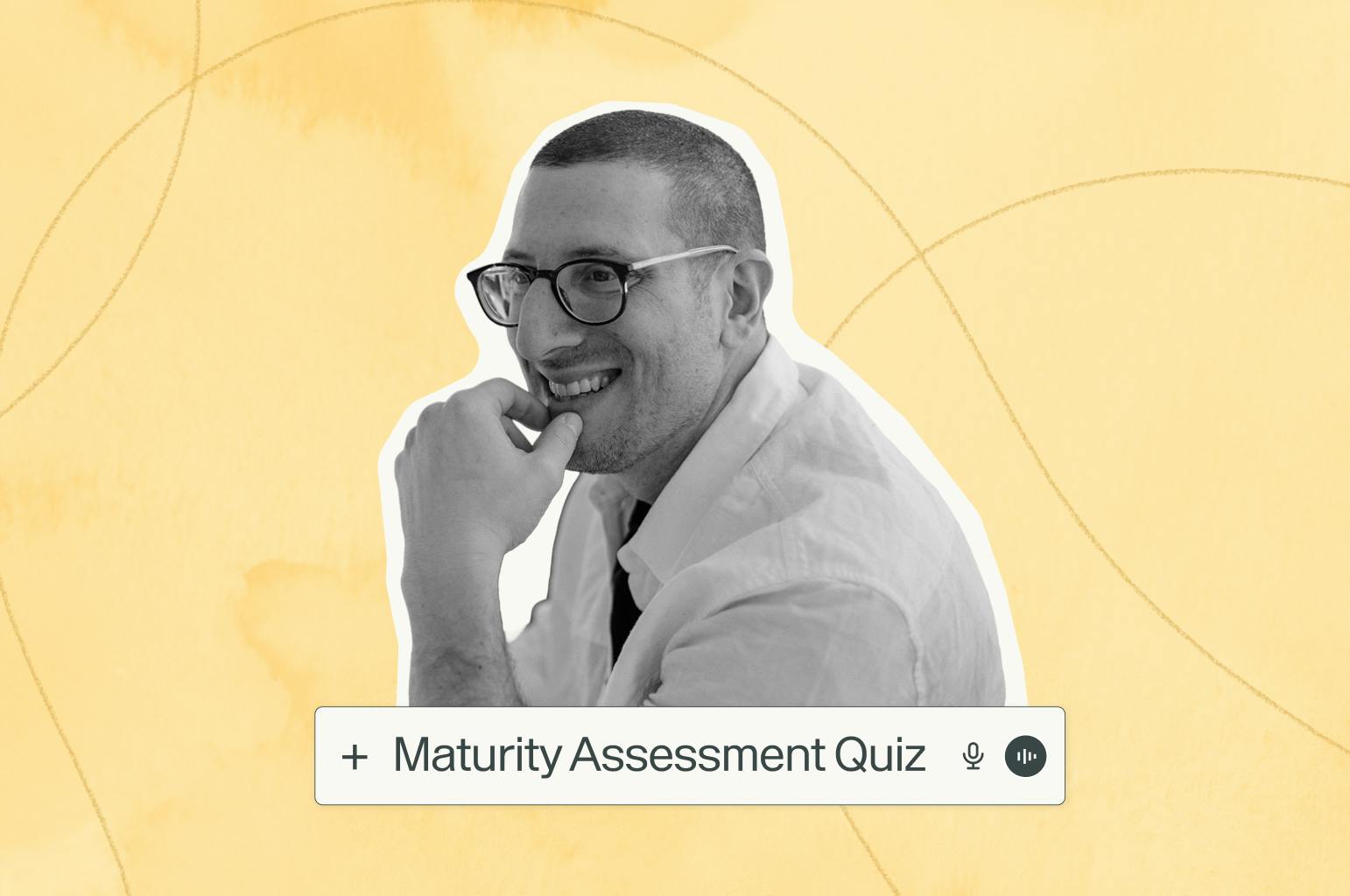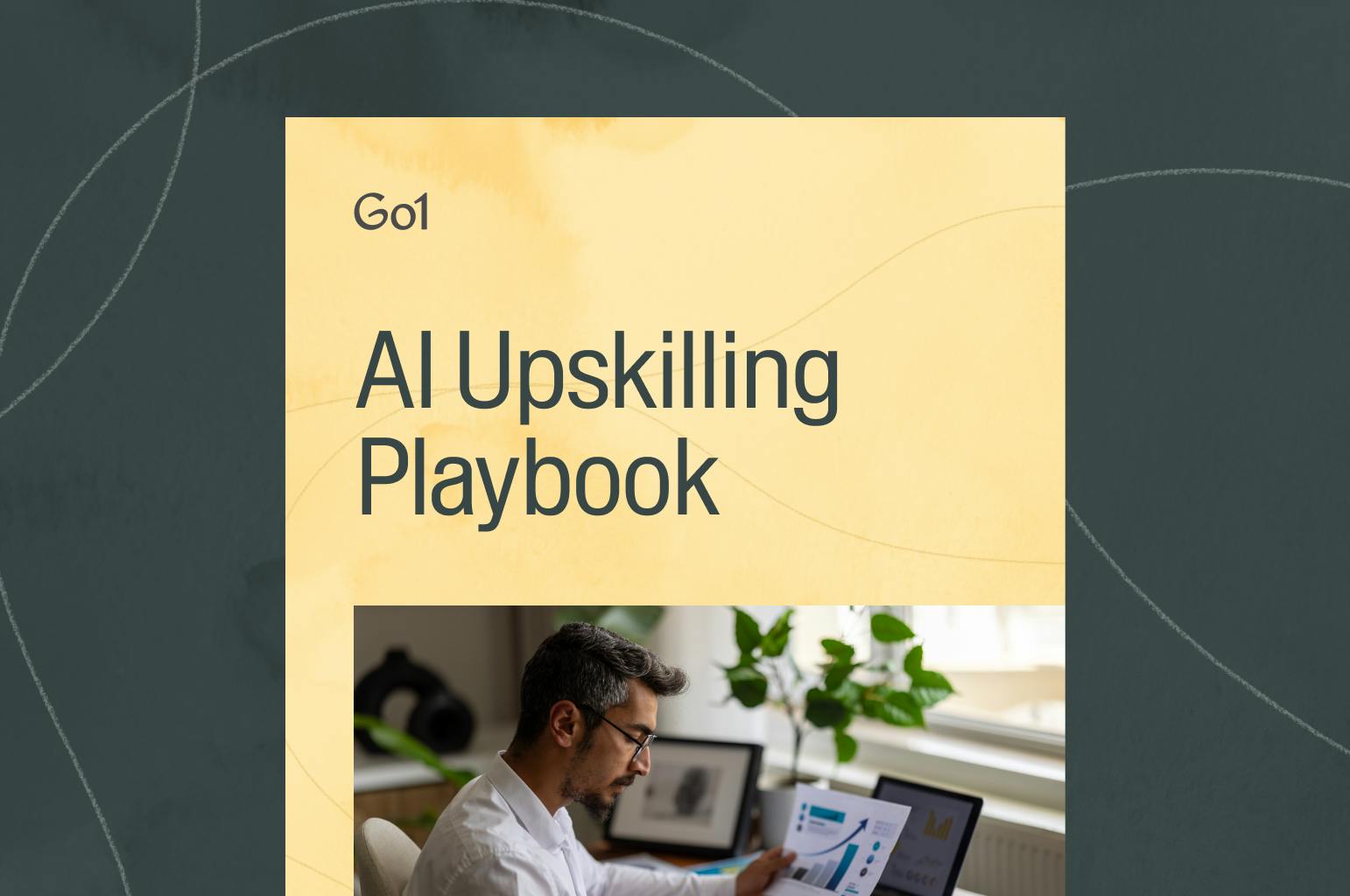Proactive strategies to anticipate skill gaps

Skills are your most valuable workplace currency. They keep your business running. Whether your employees require hard, technical skills, soft skills (also known as power skills), or a healthy mix of both, you want to avoid skill gaps wherever possible.
However, finding the resources to anticipate, avoid, and address skill gaps can be challenging. Don't worry, we’re here to help. We’ll start by analyzing the basics: what exactly are skill gaps and how do they come about? Then, we’ll outline practical strategies to anticipate skill gaps, before sharing tips to empower your workforce to upskill and reskill.
Understanding skill gaps
As they say, change is the only constant. Technology changes. Businesses change. Job requirements change. Skill gaps emerge. And the cycle continues. As BambooHR explains skill gaps are “the disparity between the skills an employer expects their employees to have, and the actual skills employees possess.”
Put simply, a skill gap occurs when an employee lacks at least one skill required for their job. For instance, a marketing professional needs to know how to use a VR headset for their next campaign. Until they have received training on how to use this device, you could say they have a skill gap.
You might wonder: why hire someone who doesn’t have the necessary skills for a job? Well, it’s not that simple.
The current rate of technological change means existing professional competencies quickly become outdated. Traditionally, the average half-life of a skill was 10-15 years. However, recent research finds this has shrunk significantly— down to 5 years for most skills and 2.5 years for highly technical skills. So, as explained in the research, “a skill learned today will be about half as valuable in just five years.”
Further, the time needed to learn new skills is growing. According to IBM, “the time it takes to close a skills gap through traditional training has increased by more than 10 times in the past four years, jumping from 3 days to 36 days.”
Accordingly, skills gaps are becoming more common as the lifecycle of skills shrinks and the time needed to learn new skills grows. It’s a vicious cycle, and leaders and trainers need to be on top of it.
Trends and projections paint an expensive picture
The skills gap has arrived—and it’s just getting started. PwC projects that by 2030, the skills gap will affect 85 million jobs, leading to a $8.5 trillion economic impact.

Similarly, McKinsey found that 87% of businesses face current or upcoming skill gaps, including:
- 43% face existing skill gaps
- 44% expect to face skill gaps within the next five years
Additionally, 1 in 5 workers admit their professional skills are not up to date, with 85% wishing their company offered more skills training.
How to identify and anticipate skill gaps
The ability to anticipate skill gaps will likely be vital in the future of work, separating the high performers from the also-rans. So, here are some we’ll tips to predict skill gaps that will leave your colleagues wondering if you keep a crystal ball under your desk.
Complete a training needs analysis
The first step to identifying organizational skills gaps should be conducting a training needs analysis. A training needs analysis helps identify knowledge and skill gaps, as well as what training is required for employees to perform their job to a high standard. Once you have identified knowledge gaps, you have a clear picture of what training is required to fill them.
By assessing employee skills and comparing them to your strategic needs, you can identify existing skill gaps. After several needs analyses, you'll likely notice trends, allowing you to predict future skill gaps before they become unmanageable.
Workforce planning and succession management
Long-term workforce planning can help you avoid unwanted surprises. Ask yourself: is there an employee who would be irreplaceable if they quit tomorrow? For instance, they’re the only one who knows how to operate a vital program. If so, their departure could expose you to sudden, unwanted skill gaps.
Workforce planning can help you avoid this scenario. Understanding what skills your business will need and mapping these against your current staff can reveal critical shortages that require futureproofing. By incorporating succession planning into your skill gap identification strategy, you can proactively address potential gaps that may arise, thereby ensuring continuity in critical roles and providing employees with a clear path for career growth.
Encourage feedback
Sometimes, identifying a skill gap is as simple as asking. During your next 1:1 meeting with an employee, try asking: are there any skills you're lacking to do your job? How can we help you develop those skills? Anticipating skill gaps doesn’t have to be a riddle—let your employees tell you directly!

For some, this approach won’t work. They might fear getting in trouble for lacking skills. So, let employees offer anonymous feedback, too. You can then refine this process and build skill maps (i.e. lists of necessary skills) for each role over time.
This approach may sound too good to be true, but it’s effective. 83% of people think they aren’t heard fairly or equally at work. To overcome this, employees have a simple request: 68% would feel heard if their company took feedback seriously and implemented meaningful change. It’s that simple!
If you’re sick of the guesswork in trying to anticipate skill gaps, next time, just ask!
Upskilling and reskilling strategies to empower your workforce
Identifying skill gaps is one thing—addressing them is another. Luckily, various methods can empower your workforce to bridge those gaps and emerge as more robust, valuable assets.
Digital learning as an on-demand solution
In the digital age, learning isn’t confined to brick-and-mortar classrooms. Digital learning platforms like Go1 or Blinkist offer an array of training options that employees can access on-demand, fitting learning into their lives and job responsibilities seamlessly. This is pivotal for organizations keen to emphasize flexibility and agility.

For example, check out this Future Skills Series playlist on Go1, which covers essential soft skills like empathy, active listening, and compassionate communication.
Self-directed learning
Self-directed learning is another effective method for addressing skill gaps. This approach empowers the employee to own their development and choose training that aligns with their perceived skill gaps and career aspirations.
Self-directed learning has become increasingly popular, with 43% of Gen Z and Millennials, and one-third of Gen X and Baby Boomers, saying they want fully self-directed learning at work.
Filling skill gaps doesn't necessarily mean assigning mandatory training, but ensuring employees have the support and resources to direct their own learning. After all, who can anticipate your skill gaps better than you?
Internal mobility and job rotation
Sometimes, the quickest fix is right under your nose. Internal mobility and job rotation initiatives allow employees to acquire new skills within different roles or departments.
For those unfamiliar, job rotation is kind of like corporate musical chairs. Employees periodically switch between positions and departments within the company instead of sticking to one specific role, with the aim of cross-skilling and building a more well-rounded skillset. For instance, a nurse might switch between the maternity ward, elderly care, and A&E to gain experience caring for a range of patients. These experiences can spark innovation and cross-functional understanding, with 89% of employees reporting job rotation fulfilled their need to gain new skills.
Similarly, 94% of HR professionals say internal recruiting helps retain their most valuable talent. Internal mobility is a win-win for businesses, as it's more cost-effective to promote internally than to hire and train a replacement.
Start futureproofing your workforce
Skill gaps may be growing, but don’t let that discourage you. To combat this trend, L&D professionals have more powerful tools than ever before—and they’re evolving just as fast. By using predictive data, needs assessments, digital learning, and innovative training techniques, you have the tools and insights to pre-emptively identify and address skill gaps. Some may see this as a challenge, but really, it’s an opportunity to build the most skilled, robust workforce possible. Who doesn’t want that?

For more insights, check out our eBook on developing foundational skills for the future of work.
Related Articles

Application Guide: How to use the Go1 AI for L&D Maturity Assessment to assess our workforce AI capability

AI upskilling made clear: A practical guide to building an AI-ready workforce

Go1 welcomes PepTalk

5 Data-Backed Insights Shaping the Future of AI in Workplace Learning

Train smarter, spend less
Train smarter,spend less
Connect with a Go1 expert to explore the best training options for your organization—no pressure, just solutions that work.